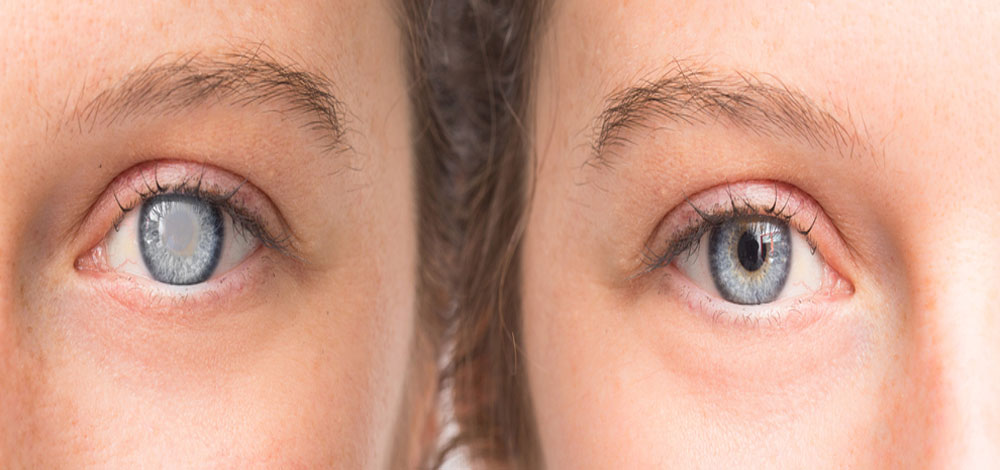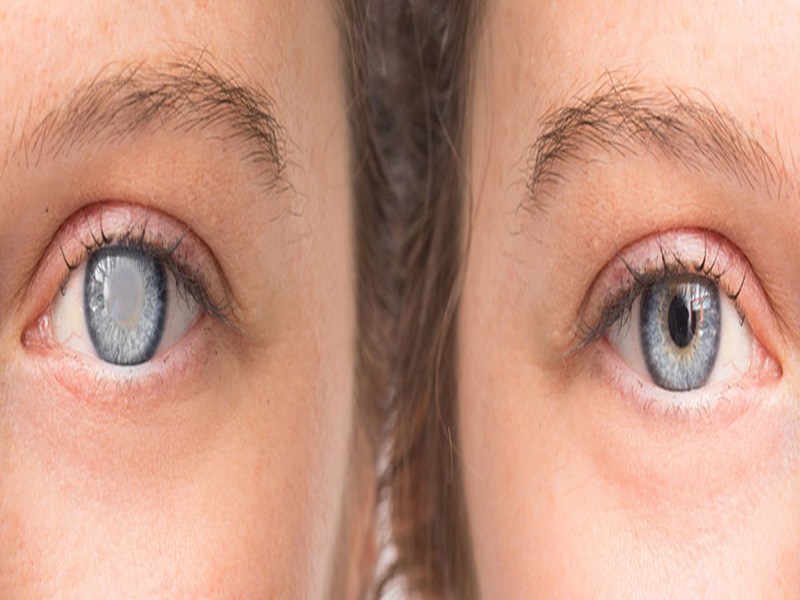
Discover 3 Types Of Cataracts How They Can Affect Your Vision Differently
Vision can become compromised for many reasons. Cataracts are one of them. They are a common problem that affects people worldwide, and you might be at risk of getting it too. Understanding the condition is crucial to ensuring that you receive cataract treatment on time to retain your eyesight. Therefore, we will examine the three different types of this ailment and their differences in this blog.
What are cataracts?
Before exploring its types, it is essential to know what precisely a cataract is. It is a gray opaque cloudy area that covers the eye lens. If you have his condition, your vision can become blurry, like looking through a foggy window. In addition, it can affect your day-to-day life as you will have difficulty reading, driving cars, and observing facial expressions.
The condition develops slowly and, in the beginning, may appear as a grey dot in the eye. It does not immediately affect your vision; only doing so as it enlarges and becomes more prominent. There are three types of cataracts. While they share a set of core symptoms, there are differences in how they affect eyesight.
Nuclear sclerotic cataracts
It is the most common kind of cataract and begins at the nucleus of the eye, which is its center. It develops slowly and typically can take a few years to become prominent. The nucleus gradually hardens and becomes yellow, affecting other layers of the eye as the condition worsens. It has to be noted that there will be a very temporary improvement in close-up eyesight that could make you think you are becoming better. However, this is not the case, and your vision will quickly deteriorate.
Cortical Cataracts
Unlike nuclear sclerotic cataracts, it develops from the outer layers of the eye. It forms cortical spokes that start from outside the lens and make their way to the center as it progresses. This type causes blurred vision, glares and affects your depth perception and contrast. If you have diabetes, then you are more vulnerable to acquiring cortical cataracts.
Posterior subcapsular cataracts
It has the quickest development of all types of cataracts, typically taking a few months. It appears near the back of the lens as a small opaque spot, and as it develops, it interferes with light. As a result, you will find reading challenging. You will also find it difficult to see clearly when your surroundings are brightly lit. The cataract also impacts your night vision by creating glares and halos around lights. If you have significant nearsightedness or diabetes, you will be more likely to acquire this cataract type. The use of steroids can also increase risk.
How can they be treated?



